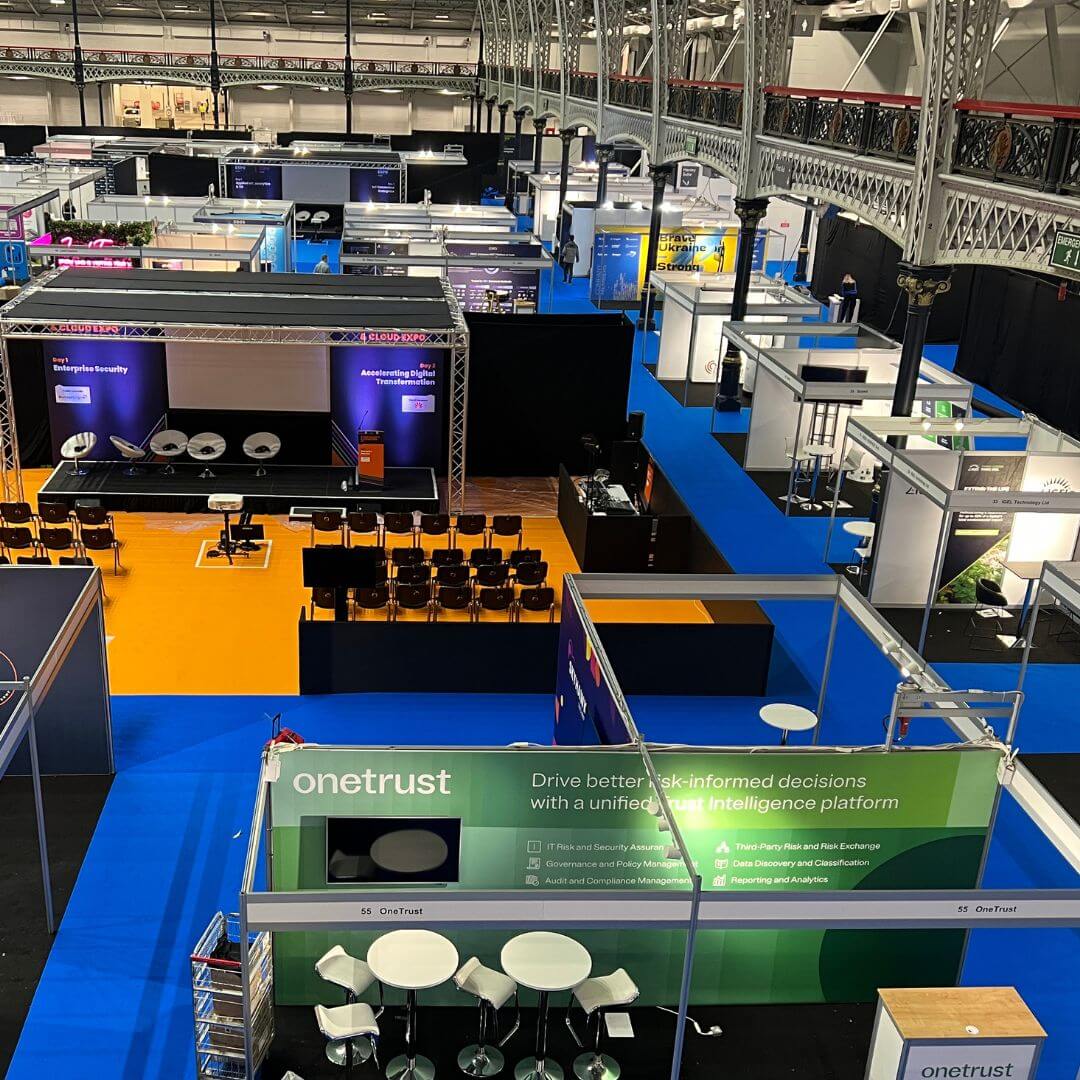Making Eco-Friendly Choices with Sustainable Carpets
In this article, we’ll be taking a look at the different types of sustainable carpets, the impact that carpet waste is having on our environment, as well as diving into our own eco-friendly process for event carpet installation with REWIND.
Table Of Contents
- The Current State Of Carpet Waste
- What Makes A Carpet Sustainable?
- Sustainable Carpets by REWIND
- Our Sustainability Process
The Current State Of Carpet Waste
Over the years, carpet waste has had a detrimental impact on our environment. The process that most follow involves little to no sustainable efforts, causing irreversible damage to our ecosystem. According to Carpet Recycling UK there is ‘around 450,000 tonnes of carpet waste arising annually in Britain alone.’
- Landfill
A large portion of carpet waste ends up in landfill when the materials used aren’t biodegradable. Carpet can take centuries to decompose, contributing to landfill congestion.
- Incineration
Some carpet waste is incinerated, releasing damaging emissions into the atmosphere, such as greenhouse gases and toxic substances.
- Illegal dumping
Smaller quantities of carpets are dumped illegally in places such as forests and rivers, threatening wildlife and ecosystems.
What Makes a Carpet Sustainable?
There is no doubt that substantial damage has been done, but there is still time to make amends for a brighter future. Fortunately, we’re on the right track, with reports showing that in 2017, around 42% of carpet waste was divetered from landfill, compared to just 2% in 2007. But there is still a long road ahead.
There are several factors that contribute to making sustainable carpets. For example, what materials are used? Is the material biodegradable? Was it made with renewable fibres? Let’s take a look at some of the most commonly used eco-friendly carpet materials.
Wool
- How Is It Obtained?
Wool is a popular carpet material because it is a renewable resource. Every year, sheep are grown for their fleece, and wool is harvested through sheering.
- How Is It Used?
The wool is turned into yarn, which is then used in one of two ways: tufting or weaving. Following this process, the carpet will undergo numerous finishes to improve its overall appearance, strain resistance, mothproofing, and durability.
- How Is It Sustainable?
Wool is a naturally biodegradable material that releases nutrients back into the soil. This means wool doesn’t contribute to long-term pollution and damage to the ecosystem. Carpets made of wool can be recycled since the fibres can also be reprocessed into new products.
Jute
- How Is It Obtained?
Jute is produced from flowering plants in the genus Corchorus. It is a long, soft, and shiny vegetable fibre that can be turned into coarse, strong threads. Jute is primarily grown in climates such as India, Bangladesh, and parts of Southeast Asia.
- How Is It Used?
Jute can be used for a number of items, such as curtains, decorations, and carpets. When used for carpets, it usually serves as a backing material. This is due to its strong durability and natural properties. Jute is also great for improving indoor air quality, as its natural fibres allow for air circulation, which contributes to moisture control.
- How Is It Sustainable?
Jute’s rapid growth ensures an annual harvest without the need for replanting, ensuring a continuous supply and making it a renewable resource. The carpet creation itself is a low-energy process, which contributes to a reduced carbon footprint.
Coir
- How Is It Obtained?
Coir is coconut fibre extracted from the outer husk of a coconut. It is solid and can handle any wear and tear, making it suitable for carpets, door mats, marine ropes, and brooms. Coir fibres are generally relatively coarse and stiff in comparison to other natural fibres, such as Jute.
- How Is It Used?
When Coir is used to make carpets, it undergoes extracting, spinning, weaving, dyeing, and finishing. This process makes the carpets aesthetically pleasing and durable, making them a prevalent choice.
- How Is It Sustainable?
Coir is a natural, renewable resource obtained from the husk of coconuts. It is also a byproduct of the coconut industry; many brands use the inside of the coconuts for their products or food, but utilising the coir fibre on the husk limits the amount of wasted product created.
There are various sustainable materials that can be used to create carpets. Wool, Jute, and Coir are just three of them. The industry is evolving, and finding ways to be environmentally friendly is crucial for the health of our planet. If you would like to view more materials, you can do so here.
Ensure Sustainability with REWIND
Our Rewind range is designed to be 100% recyclable, 100% polypropylene, and latex-free. As a result, 85% less energy is required in the production process. Rewind carpets are the best eco-friendly option for event installation, saving water and significantly reserving energy.
Our Process
Step 1: The carpets will be delivered to the site, making them ready for installation. Any waste, including cardboard tubes and polythene, will be stored for collection at the end of the event.
Step 2: Our pullout team will uplift all fitted carpets, allowing them to be turned in case any post-event contamination can be dealt with.
Step 3: The uplifted carpet stacks will be loaded and prepared for transportation. Our capacity for carpets in each vehicle is increased as we fold them, meaning the number of cars required will be lower.
Step 4: Any used carpet will be delivered to one of the UK-based recycling partners, where it will be shredded and later processed into pellets.
Step 5: The pellets will then be used in manufacturing to reduce the need for virgin polypropylene. The pellets can be used in various ways, such as paint trays, plant pots, plumbing materials, and many more.
Looking for sustainable carpet options for your event? Request a quote today to see how we can help!





